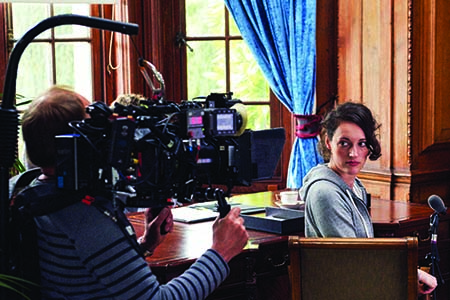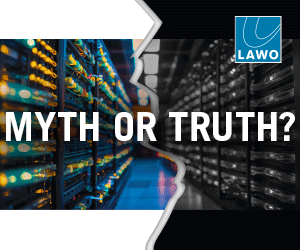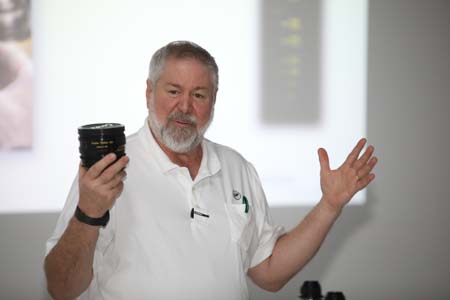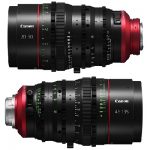From full-frame to anamorphic and vintage looks, cinematographers have the widest choice in format, equipment and lens to tell a story, writes Les Zellan of Cooke Optics. In the early part of this year, there was a flurry of digital camera and lens launches for full-frame or large format. Two years ago, the big buzz was […]
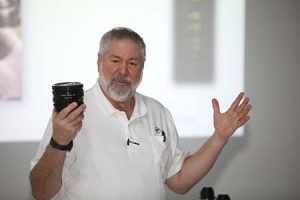 From full-frame to anamorphic and vintage looks, cinematographers have the widest choice in format, equipment and lens to tell a story, writes Les Zellan of Cooke Optics.
From full-frame to anamorphic and vintage looks, cinematographers have the widest choice in format, equipment and lens to tell a story, writes Les Zellan of Cooke Optics.
In the early part of this year, there was a flurry of digital camera and lens launches for full-frame or large format. Two years ago, the big buzz was anamorphic. As with most aspects of the media and entertainment technology industry, there is constant change and evolution in acquisition technology; partly because technology moves forward, but also because filmmakers love to have choices to tell their stories.
Lenses play a huge role in the look of the story in these days of digital cameras. In the film world, cinematographers used to have dozens of film stocks to choose from and hundreds of processing options to achieve a unique look for their films. In the digital era, these options have been reduced considerably, to just four chips. Additionally, compared to the grain and warmth of film, digital images are very sterile and flat; the lens choice therefore brings personality and character to the image, which goes a long way towards telling the story so filmmakers need to choose their weapons carefully.
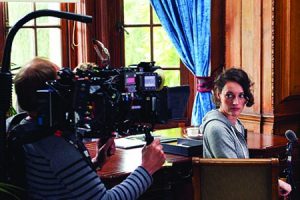
Another thing to note is that higher resolutions do not make pictures pleasing to the human eye. When HD talk moved to 4K and on to 8K, I was asked many times whether our lenses worked with higher resolutions. My answer was always along the lines of: Yes, of course but thats not the point. You dont always want incredibly sharp, highly detailed images, if that doesnt fit your story. The visual priorities of a wildlife cinematographer capturing every jewel-like feather on an exotic bird are poles apart from those of a cinematographer shooting a period drama, and different again when shooting a sci-fi thriller. You choose the format and the equipment based on the story.
The full-frame look
The choices available to cinematographers today are as broad as they have ever been. The big new trend, as Ive mentioned, is full-frame or large format. There are currently very few cameras that can shoot it the Sony Venice, the ARRI ALEXA LF, the RED Weapon so I dont see full-frame taking over the world, but it certainly has its place and is on the rise.
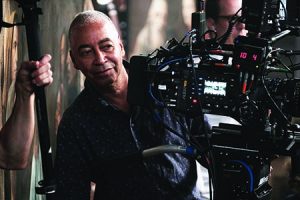
Cinematographers like it because it gives a richer quality to images. Remi Adefarasin, who recently completed shooting on a new feature film, Lyrebird, puts it like this: Too many movies resort to close-ups when they dont have a decent background, or to get lots of quick cover. That misses out on the experience of seeing a film. You lose body language, sense of place, relationships. Full-frame gives you rich images but with a rounder look the image rolls off smoothly into the background.
We shot [Lyrebird] open gate 1.85 and the results blew us away. We could shoot wider shots that had a closer feel, and the viewer could choose what part of the frame they were interested in, giving a more immersive experience.
The anamorphic look
Anamorphic pictures have been around since the 1950s, when film studios and theatre owners began panicking about the popularity of TV and felt they needed a competitive edge to draw audiences. They needed a wide-screen format that would be impossible to replicate on a 4×3 TV; but how to get a wide screen format 2.39:1 aspect ratio into a 4×3 piece of film? The solution was to maintain the vertical height and squeeze the horizontal by a factor of two. Lenses were then developed with cylindrical elements that would squeeze the horizontal plane, effectively making a ratio of 8×3 on a 4×3 negative.
Depending on how the anamorphic lens is constructed, the introduction of the squeeze in acquisition may introduce assorted artifacts. The anamorphic squeeze is traditionally accomplished in front of the iris, and the most prominent artifact will be the oval bokeh.
Front anamorphic lenses are basically a kludge, since they represent two lenses merged into one lens. On the vertical axis is a normal lens for example, a 75mm anamorphic lens is a normal 75mm on the vertical axis, while on the horizontal axis its a 37.5mm lens. This combination introduces two depths of field along the respective axes, and also creates the artifacts. Shooting in traditional anamorphic using new, state-of-the-art glass and mechanics is another solution to add character and texture into an otherwise sterile format.
As well as feature film production, there is a big demand for anamorphic/i and anamorphic/i SF lenses on high-end television drama, as they give a bold and more cinematic look that audiences like.
Shooting in traditional anamorphic using new, state-of-the-art glass and mechanics is another solution to add character and texture into an otherwise sterile format Les Zellan, Chairman and owner, Cooke Optics
Cinematographer Tony Miller suggested an anamorphic look when shooting Fleabag, a dark British comedy drama series. Shooting 2.39:1 scope allowed us to cover scenes in one shot, to use the width of the frame for multiple relationships and tensions to exist in that same frame. It is often the complexity of the relationships within the frame that makes this so exciting.
Adam Kimmel used the anamorphic/i SFs on Mark Felt: The Man Who Brought Down the White House. I wanted a look that reflected the 70s period and stayed away from the more pristine and clean side of the digital world, he says. Theres a theme of paranoia and isolation that I felt the compression and shallow depth of field of anamorphic lenses would serve well. Its hard to put into words the difference the coated lenses bring its something that has to be seen.
I was looking to find the balance between a 70s period film look and something more accessible, but I didnt want to go as far as vintage lenses which can be inconsistent within a set so these newly-coated lenses gave me the consistency of a matched set of glass but without being too sharp or overly contrasty, and also gave me more texture and flare that worked great with the type of softer light I was using.
The vintage look
The period look never seems to go out of style, and some cinematographers are constantly on the look-out for vintage lenses from the early days of cinema to capture a very specific look.
Adriano Goldman, ASC ABC, chose to use the Sony F55 and vintage Cooke Speed Panchros for the first series of Netflix drama The Crown. Netflix original series are all shot in 4K in order to deliver premium and futureproofed UHD content, so using vintage lenses helped Adriano to maintain the period look.
He says: Its ironic that after achieving such high resolution from the camera sensors, we had to go back to vintage lenses made for film cameras to get the beautiful warm feel I was looking for.
This list really just scratches the surface of the choices that cinematographers have today. You could say this makes things more complicated now, in addition to addressing the look and the story, you have to think about whether youre shooting 35mm, 65mm, anamorphic you have all these options. However, abundant options mean you can make a better choice to tell the story. And story is what it is all about.
